How to Raise Prices for Your Customers: the 5 Price Increase Justifications

Your current customers will never be excited about paying more. But that’s not why raising prices is so difficult.

Your current customers will never be excited about paying more. But that’s not why raising prices is so difficult.

This is my last week at CXL. It’s bittersweet. I started on a Monday and published my first post on a Thursday. Since then, it’s been rinse and repeat for nearly two-and-a-half years.
In sum, I wrote 46 posts and edited another 156. That works out to about a half-million words and a new post every 4 days for 870 days.
Through it all, here’s what I figured out—and what I failed to solve.
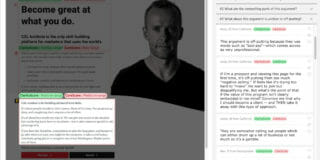
It takes one wrong word to put your foot in your mouth. We’ve all done it and, in the process, squandered an opportunity to impress someone (or some crowd).
With copy, you have a chance to slip up on every homepage, product page, or ad.
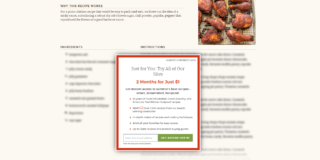
Think it’s tough to earn links or shares for your content? Try earning money.

If I told you that a post earned 30 links and 100 shares, how would you respond?
“Wow, must’ve been amazing!”
“Not bad.”
“Total flop!”
Your gut reaction says more about the site you’re used to working on than it does about my hypothetical example.
Indeed, the size and power of a site—not necessarily the value of the content—can have the greatest influence on results. That matters, especially when it comes to content research.

What happens when a marketing generalist asks a team of CRO experts for ideas on “low-hanging fruit” or “quick wins”?
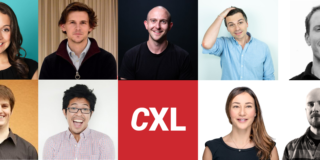
Expecting a laundry list of skills or tactics? Don’t.
“Tactics are a dime a dozen,” says GrowthTribe’s David Arnoux, “and what works for me won’t work for you. In the end, it’s all about having a growth engine and running as many (quality) experiments as possible.”
We asked Arnoux and other growth experts what actually works, what matters most, and why so many fall short.
Four things came up over and over again.

The traditional blog format—regular, sequential publishing of diary-style entries—no longer makes sense for most businesses. To be honest, it never did.
A B2B website that educates potential buyers isn’t a personal “weblog.” It doesn’t toss out unsubstantiated opinions. It doesn’t age the same way. The earliest articles may cover the most valuable topics, but our throwaway content culture lets older posts rot.
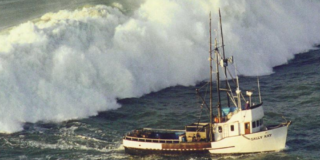
“Rare is the business that has a formal disaster plan, let alone one that covers a global Black Swan event.”
Tim Stewart, trsdigital
An article on growth and marketing in the middle of a crisis—the current one or any other—can seem tone deaf. But nothing gets better if we stand still.
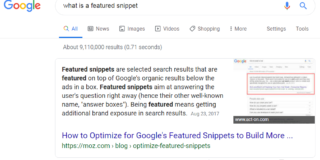
On January 23, Google announced that, “If a web page listing is elevated into the featured snippet position, we no longer repeat it in the first page of results.”